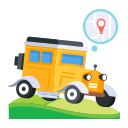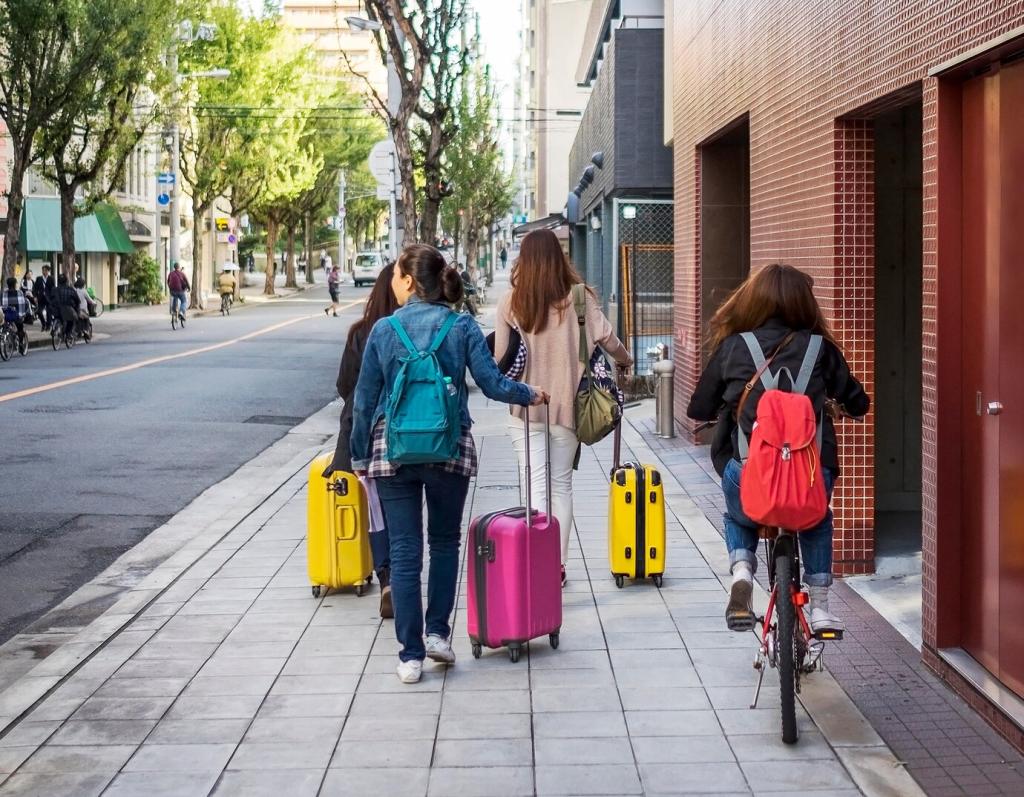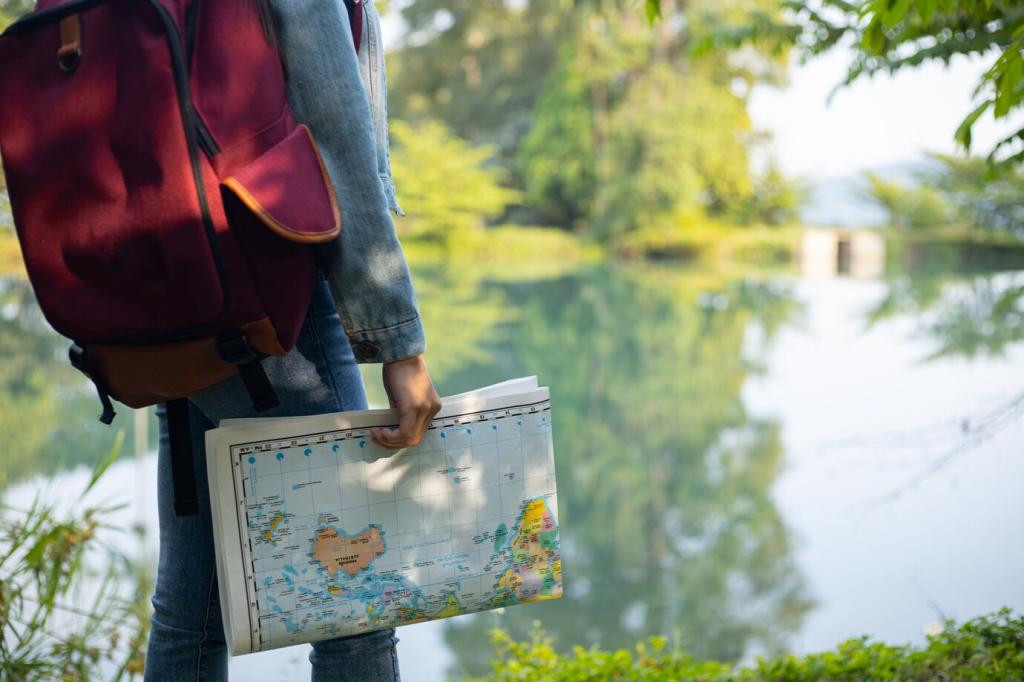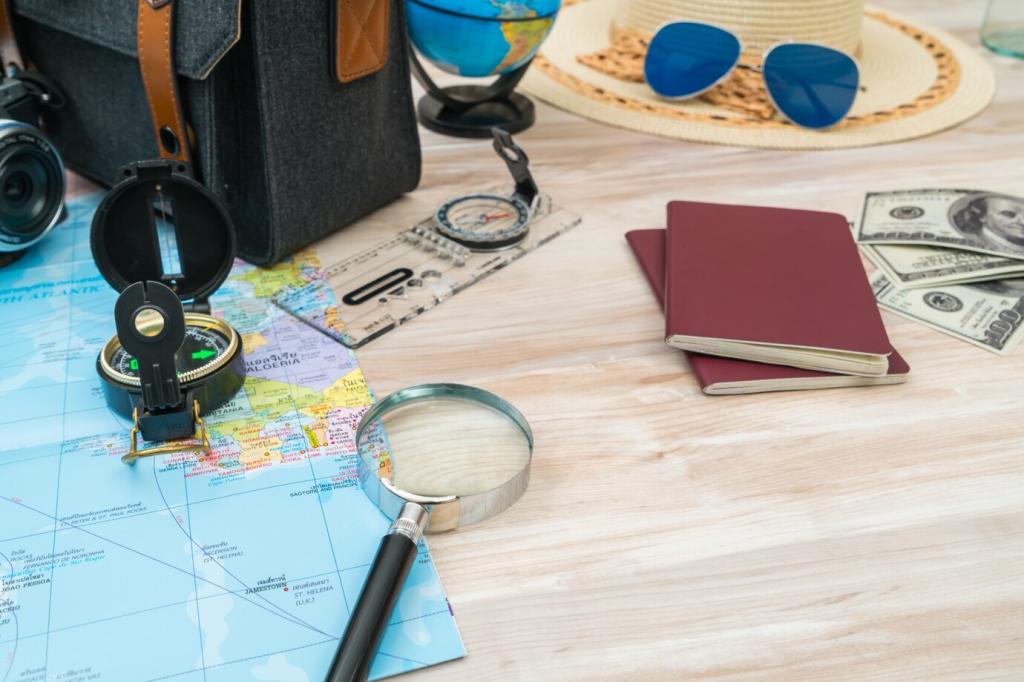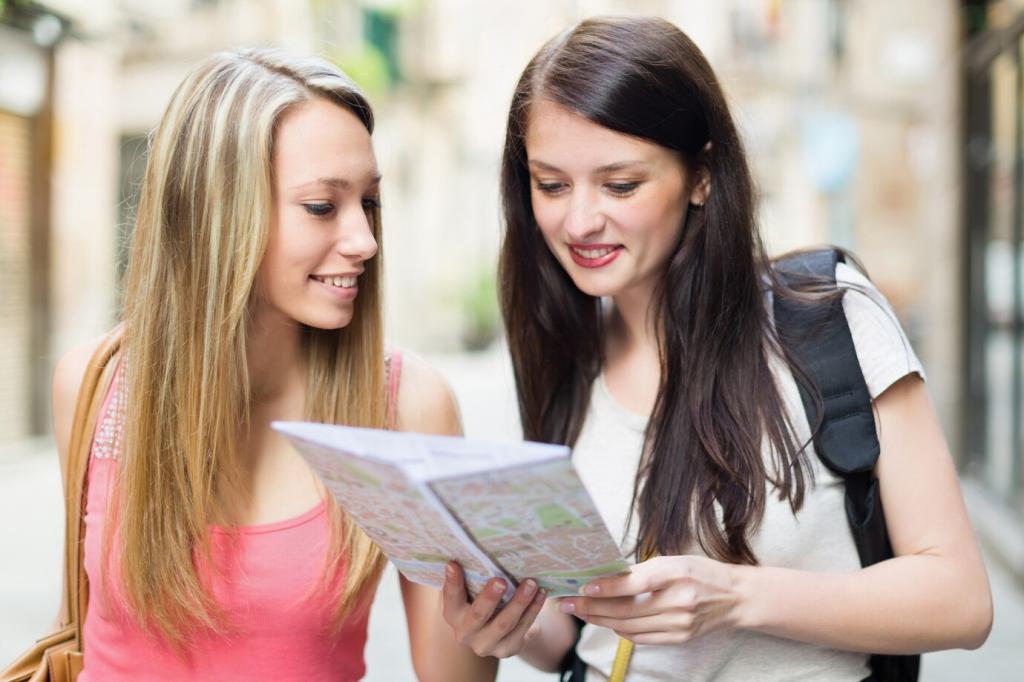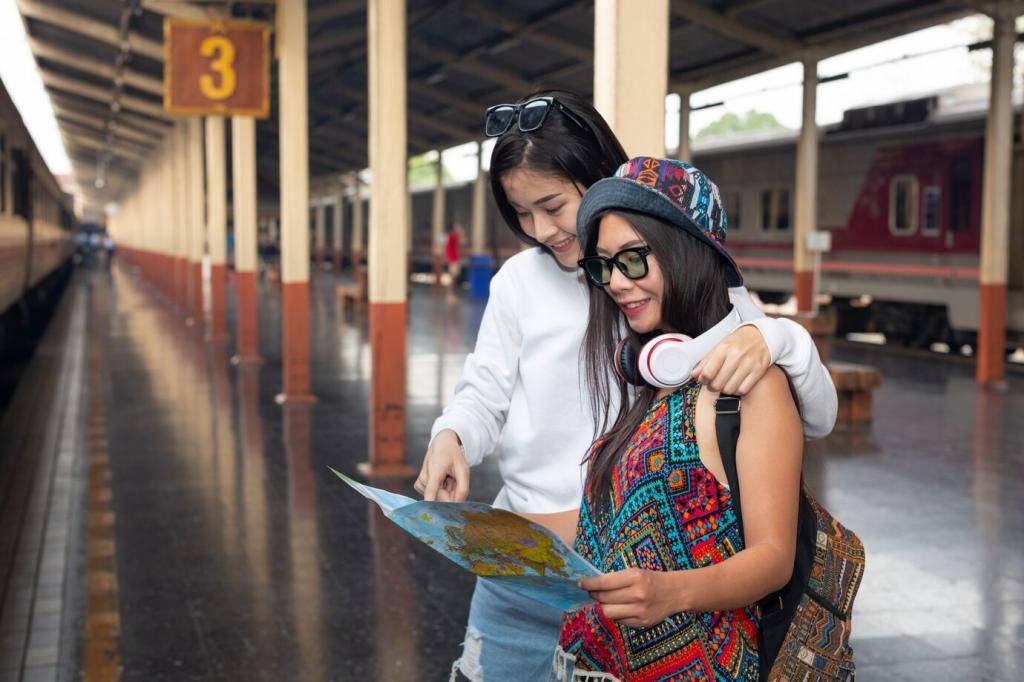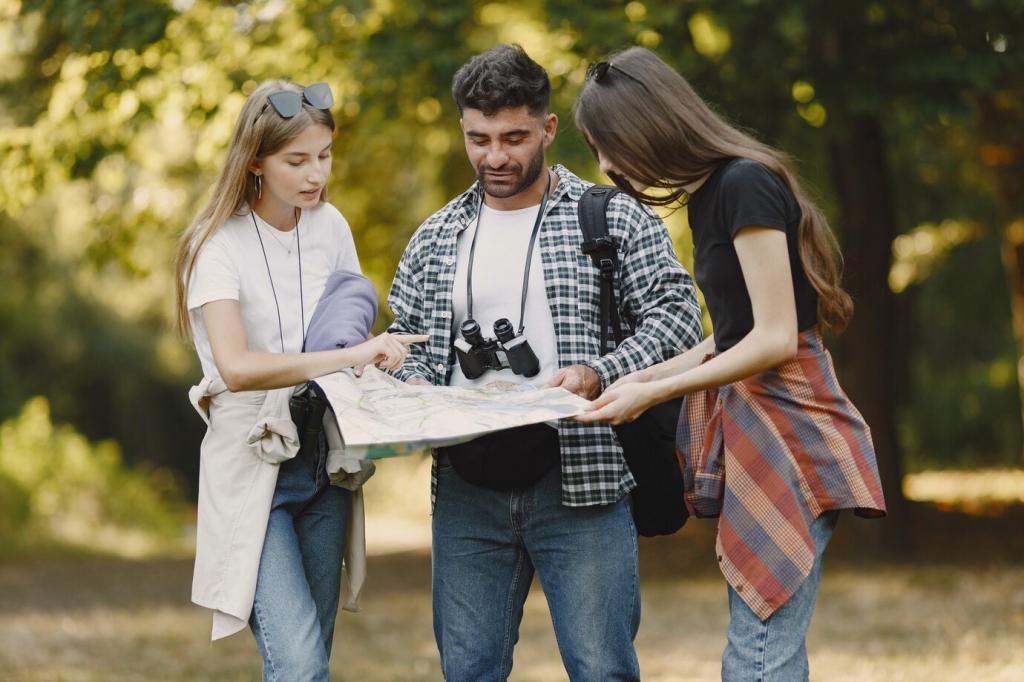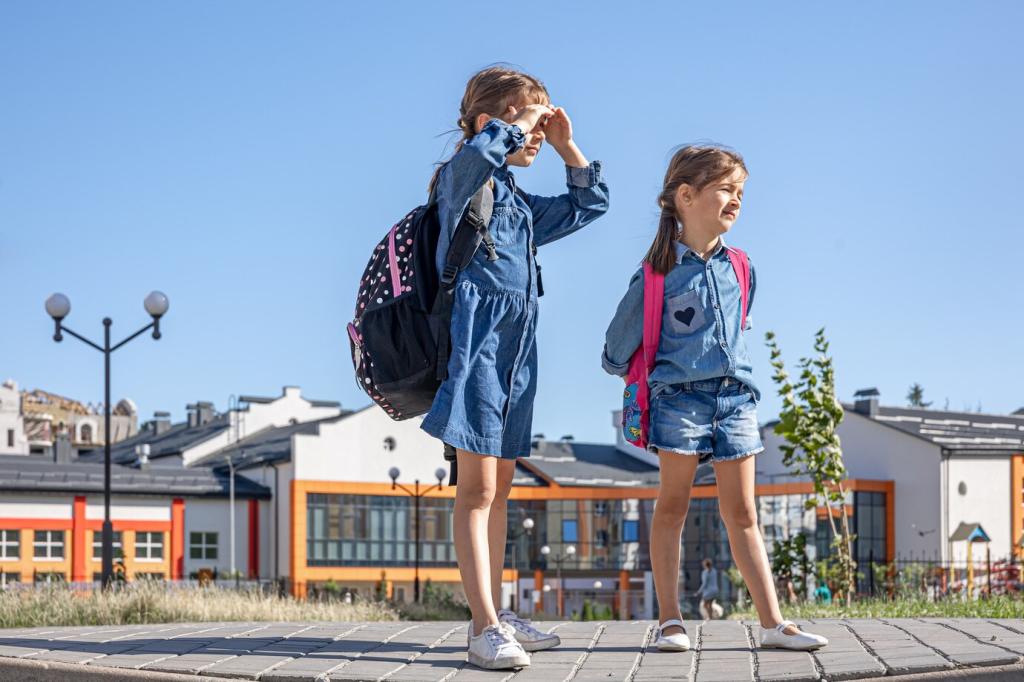Cities as Classrooms: Immersive Urban Learning
From the East Side Gallery to memorials and archives, Berlin invites nuanced inquiry into memory, division, and reconciliation. Students analyze public art as historical text and interview locals when possible. Share your question bank and audio consent protocols to help others collect respectful, meaningful street-level stories.
Cities as Classrooms: Immersive Urban Learning
Temples, gardens, and craft districts reveal continuity and change in design, ritual, and sustainability. Learners compare water management in traditional landscapes with modern urban systems. Post your students’ sketchbook pages and invite landscape architects in our readership to annotate with insights about form, function, and stewardship.
